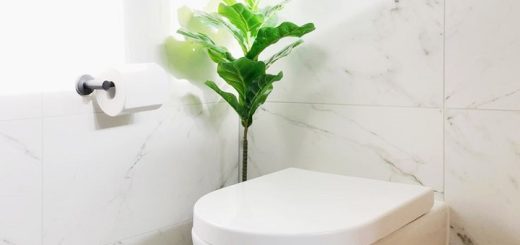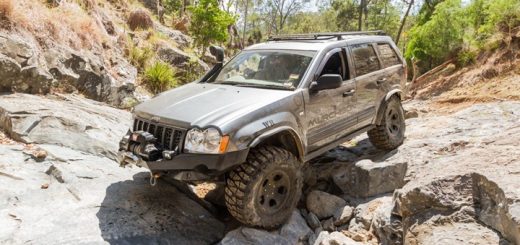The Ultimate Tuner’s Guide to Harmonic Balancers
The purpose of every car rebuild and engine tune is to make use of all the available power. Most tuners will swap out the engine internals, including pistons and conrods, and will even splurge on a performance crankshaft to maximise speed and shave time off lap records. All parts need to work smoothly, though this is not always the case. One of the components that often gets overlooked in the whole process is the harmonic balancer.
What are Harmonic Balancers?
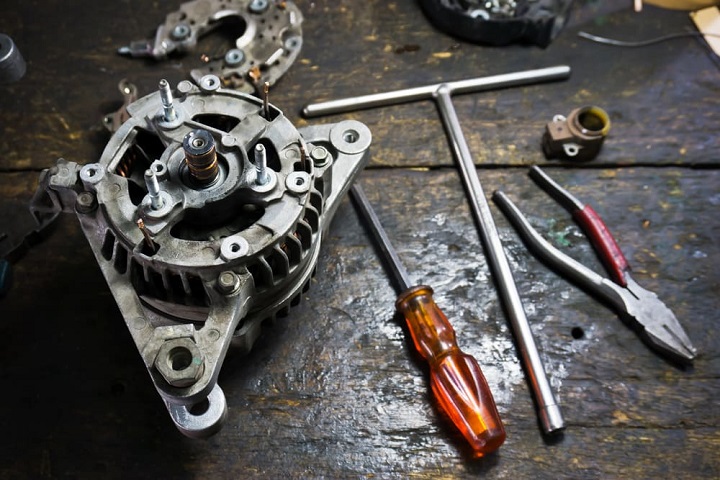
Harmonic balancers, or more precisely harmonic dampers/dampeners, are circular devices that connect to the front of the engine’s crankshaft, or the crank pulley, which drives things like air conditioners and water pumps. The purpose of the harmonic balancer is to quell torsional vibrations (also called harmonics) in the crankshaft. Getting confused? Let me explain. Torsional vibration is the slight twisting and rebounding in the crankshaft during the power stroke. Each time the crankshaft completes one full rotation, the pistons force the connecting rods against the crank journal, causing the crankshaft to twist as well as spin. After each twist, there’s a rebound as the crank unwinds. In effect, the crank acts like a spring, and the whole process of twisting and rebounding is known as torsional vibration.
If torsional vibration is not controlled it can cause irreparable damage to the engine. Bottom end bearings lining the crank wear out quicker, pulley and timing belts can jostle or snap, and there’s loss of power. Complete engine failure happens when the levels of torsional vibration match the natural resonance of the turning assembly, resulting in a cracked crankshaft. Out goes the whole engine.
The role of harmonic balancers is to dampen the levels of vibration. To this end, they’re found in every internal combustion engine. But problems arise when tuners and rebuilders use uprated pistons and conrods with the stock harmonic balancer. This won’t be capable of quelling vibrations at higher rpm and at higher torque loads, leading to the issues mentioned above. That’s why a good idea when swapping out for performance internals is to also install an appropriate performance harmonic balancer.
Types of Harmonic Balancers by Design
Different types are available and suitable for different vehicles:
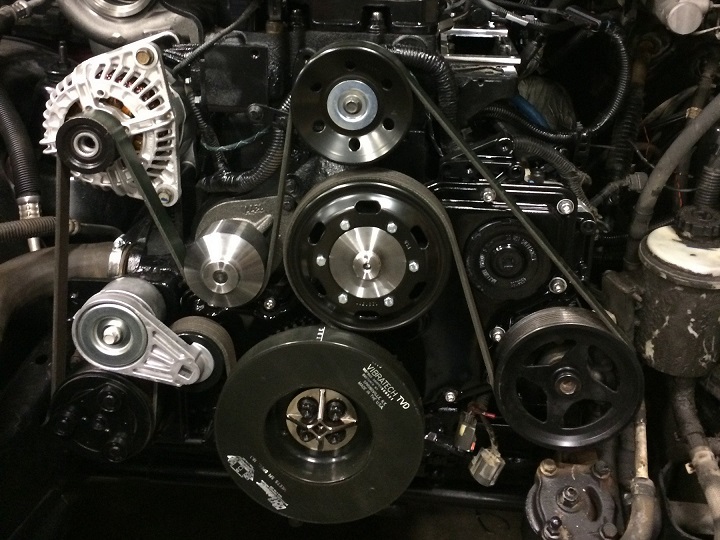
Elastomer (Rubber) Harmonic Balancers
The elastomer harmonic damper or balancer consists of a rubber compound material that connects the crankshaft hub and the outer inertia ring. The hardness and thickness of the rubber are critical in that it determines how the torsional forces acting on the crankshaft are dampened. Elastomer harmonic balancers are gauged to provide the appropriate amount of cushioning at the rpm ranges creating the most torsional vibration.
Elastomer harmonic balancers are cheap to produce and are the type you’ll find fitted to stock engines. They do a reliable job with stock internals. However, in modified engines with higher torque numbers, the faster rotation causes a rise in heat and this is the main reason for the rubber to crack or even melt. Besides cracked rubber rings, there may be oil from the oil seal scraping into the metal outer of the harmonic balancer. Noise from loosened drive belts and the engine turning off at idle are other signs of damage.
Viscous or Fluid Harmonic Balancers
Viscous dampers use a thick viscous fluid, most commonly silicone. This is found separating a free moving inertia ring placed inside a sealed metal housing. As the engine reaches higher RPMs, and vibrations increase, the outer housing and inner inertia ring move out of phase of each other, the movement of the viscous fluid turns the vibration into heat and effectively forces it out through the surface of the outer housing. This proves to be more effective than an elastomer balancer, since the two rings are not physically bonded, and allows vibrations to be absorbed with a broader rev range.
Viscous harmonic balancers are designed and manufactured using high tech 3D modelling and are CNC machined for the utmost precision. Most manufactures warrant their balancers for the lifetime of the engine. This is why viscous balancers feature as stock parts in some of the biggest names in sports cars, and are also the choice of tuners and car builders.
Friction or Clutch Balancers
Friction harmonic dampers use a set of clutches, inertia rings and springs to load the clutch pack. When vibrations occur in the rotation of the crankshaft, the clutch pack slips, turning the vibrations into heat. This proves to be a more effective option than elastomer harmonic balancers and is in line with high-performance viscous balancers.
Buying Considerations
When selecting the type and brand of harmonic damper or balancer there are a few things to consider. First is the application. Will the harmonic balancer be fitted to a regular or modified engine? Modified engines working at higher loads need something in line with other modifications you have done. Next is getting a balancer in the appropriate size and diameter for the vehicle. The damper needs to be fitted in the allotted space, and be of the right size to do its thing. Lastly, consider the price. If you spent thousands upping the power in your stock engine with new internals, the next logical step is to balance things out with a harmonic balancer in a corresponding price range. Skimping here can mean nasty surprises ahead.

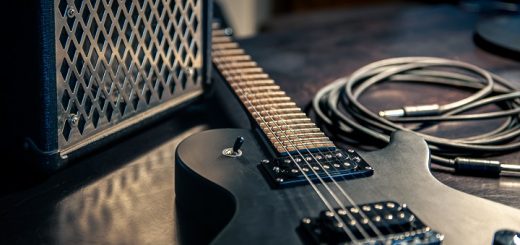


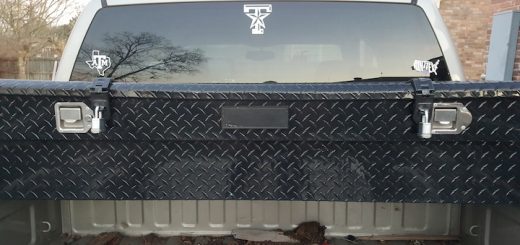
![AFX Sauber F1 C44 Stake No24 Slot Car [22092]](https://www.availableonline.com.au/wp-content/uploads/2025/06/6ccd9e30-c6fa-4910-9081-5fcc3ba80b04__60843-520x245.jpg)
